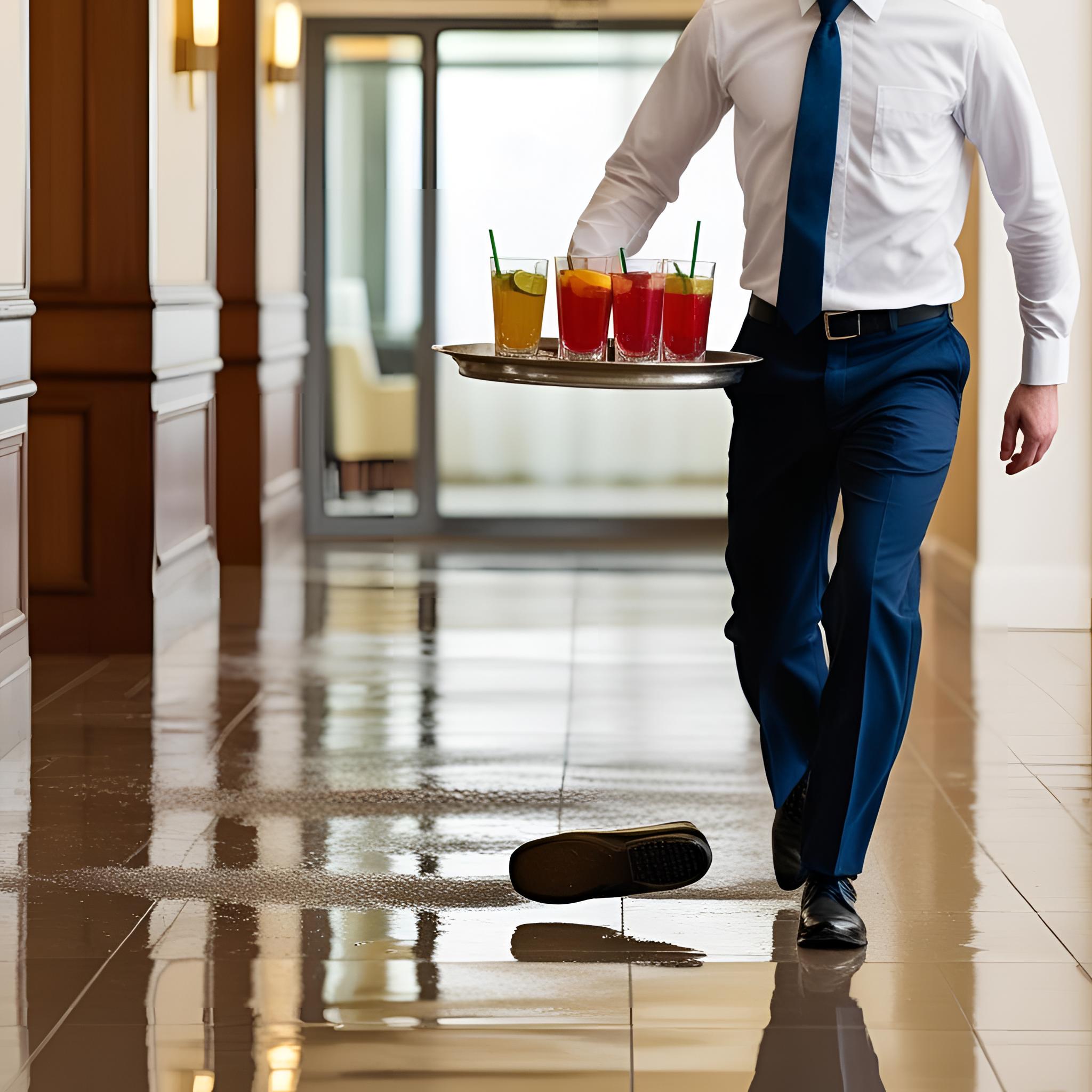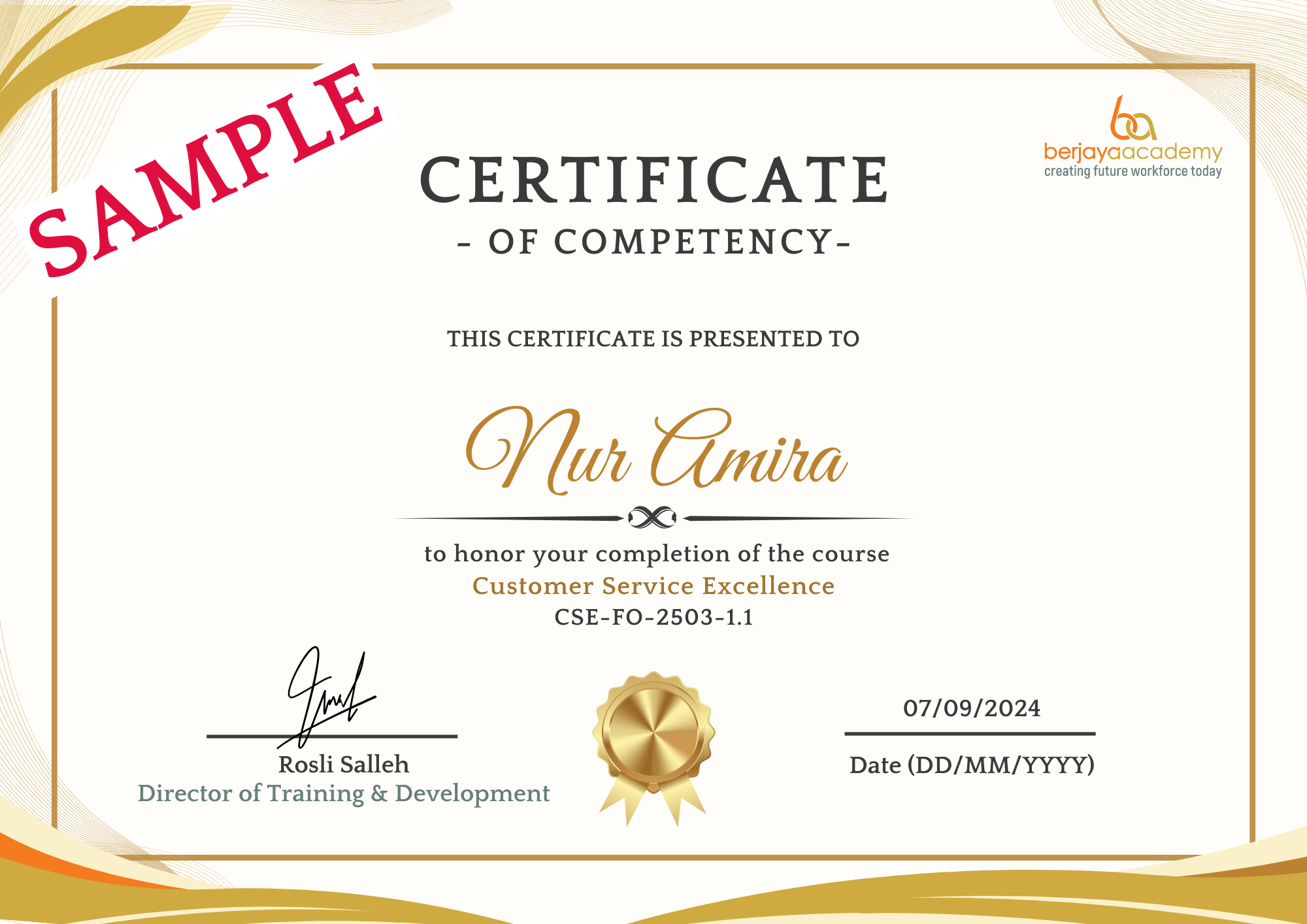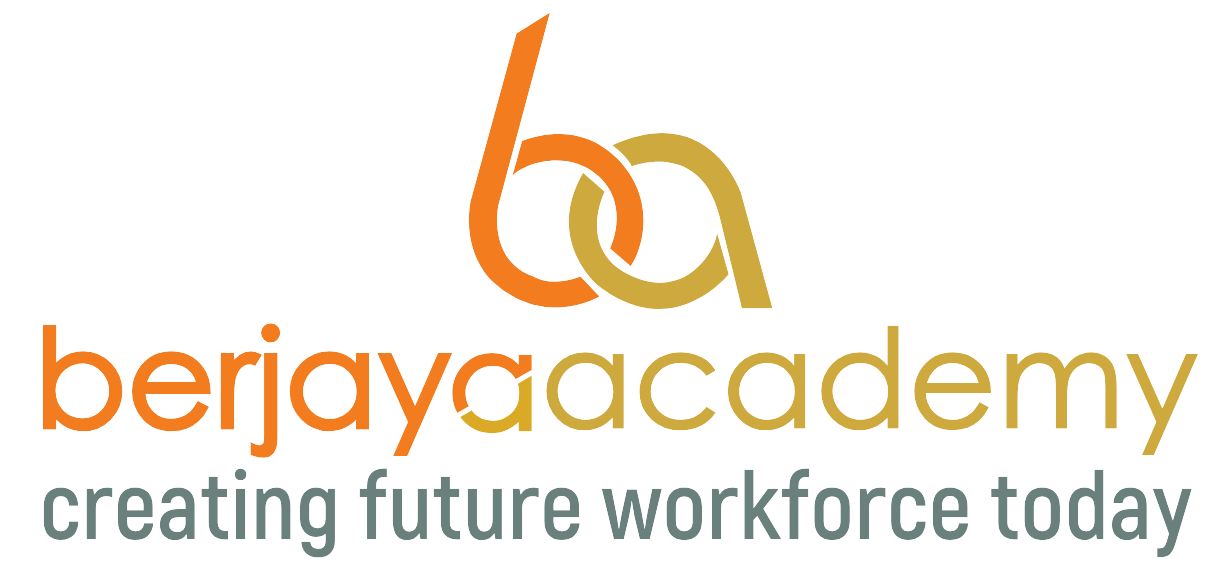
Course Details
Course Title: Workplace Safety in F&B
Course Code: WS-FB-2503-1.1
Course Accreditation
Accreditation Type: Certificate of Competency
Course Duration
Total Course Hours: 8 hours (1 day)
Course Fee
Total Course Fee: S$180/pax
Funding Available (If Applicable):
- Training Industry Professionals in Tourism (TIP-iT)
- NTUC Company Training Committee (CTC) Grant
Summary
Topics:
- Identifying and mitigating common workplace hazards (e.g., slippery floors, hot surfaces).
- Identifying and mitigating common workplace hazards (e.g., slippery floors, hot surfaces).
- Safe handling of kitchen equipment and tools.
- Emergency response for accidents (e.g., cuts, burns, slips).
Safety Aspect:
- Protects employees from common injuries in F&B operations.


Learning Objectives and Learning Units for Workplace Safety in F&B
Learning Objectives:
By the end of this course, learners will be able to:
- Identify common workplace hazards in the food and beverage (F&B) industry and implement strategies to mitigate them.
- Safely operate and handle kitchen equipment and tools, ensuring the safety of all staff members.
- Respond effectively to emergency situations involving accidents such as cuts, burns, and slips, minimizing harm to staff and guests.
Learning Units:
Unit 1: Identifying and Mitigating Common Workplace Hazards
- Types of hazards in F&B operations (e.g., slippery floors, hot surfaces, sharp objects)
- Hazard identification and risk assessment techniques
- Preventative measures to reduce slip, trip, and fall incidents
- Strategies for reducing burn and scald risks in the kitchen
- Ensuring safe food storage and handling to prevent cross-contamination
- Safe practices for managing cleaning agents and chemicals
Unit 2: Safe Handling of Kitchen Equipment and Tools
- Overview of common kitchen tools and equipment (e.g., knives, stoves, blenders)
- Safe handling, maintenance, and storage practices for kitchen tools
- Proper use of personal protective equipment (PPE) such as gloves and aprons
- Training on using equipment safely to prevent accidents
- Preventive measures for electrical and fire hazards in kitchen operations
- Managing kitchen tools to avoid ergonomic injuries (e.g., repetitive motion strains)
Unit 3: Emergency Response for Accidents
- Types of common accidents in F&B (e.g., cuts, burns, slips)
- First aid response for cuts and lacerations (including proper cleaning and dressing of wounds)
- Correct procedures for managing burns (including cool water application and burn creams)
- Emergency response for slips and falls (including checking for fractures or head injuries)
- Understanding when and how to seek medical attention
- The role of workplace safety officers in managing accidents and reporting incidents
- Emergency evacuation and incident reporting protocols
